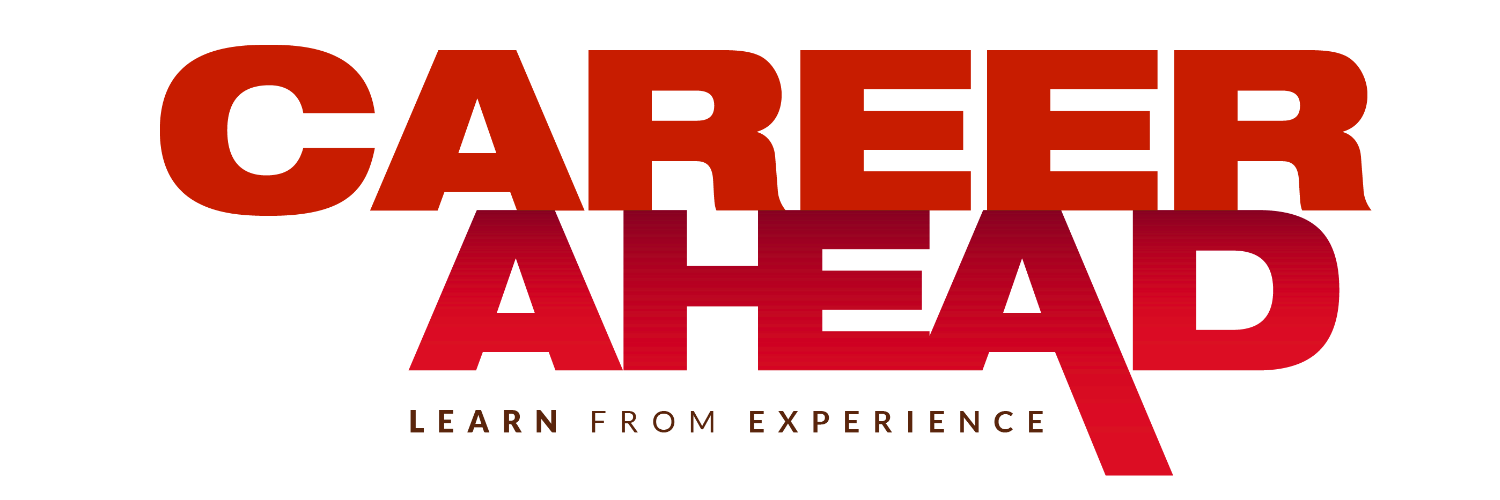No products in the cart.
A No-Nonsense Guide to Creating Killer Product Ideas (that don’t suck)
Discover the art of crafting groundbreaking product ideas with our comprehensive guide. From market research to prototyping, learn everything you need to transform your concepts into successful products.
In the dynamic and competitive world of entrepreneurship and business, the generation of unique and innovative product ideas is not just a luxury but a necessity. In markets like India, where diversity and rapid change are the norms, the ability to create products that resonate with the local culture while holding global appeal is particularly crucial. This guide delves into the processes and strategies that can help entrepreneurs and innovators conceive and develop such groundbreaking products.
Understanding the Market
Market Research for Product Ideas
Effective market research is foundational in developing a product that meets market needs. This involves a thorough analysis of current trends, understanding the competitive landscape, and identifying gaps in the market. For instance, tools like Google Trends and keyword planners are invaluable in gaining insights into what consumers are interested in and where potential market opportunities lie.
Analyzing Customer Needs
Understanding customer needs and preferences is vital. In India, a market characterized by diverse consumer segments, this becomes even more critical. Entrepreneurs must engage with potential customers through platforms like social media, surveys, and focus groups to gather actionable insights.
Competitive Analysis in Product Development
A comprehensive analysis of competitors provides insights into what works and what doesn’t in the market. This step is crucial in identifying opportunities for differentiation and innovation. By studying competitors’ strengths and weaknesses, businesses can carve out a niche for their products.

The Ideation Process
Brainstorming Effective Product Concepts
Brainstorming is a creative process where team members collaboratively generate ideas. It’s a time to think outside the box and propose even seemingly outlandish ideas. In this phase, quantity is prioritized over quality, as the goal is to come up with as many ideas as possible.
Ideation Techniques for Products
Beyond traditional brainstorming, techniques like SWOT analysis (assessing strengths, weaknesses, opportunities, and threats), mind mapping (visually organizing thoughts), and the SCAMPER method (which stands for Substitute, Combine, Adapt, Modify, Put to another use, Eliminate, and Reverse) can be employed to refine and develop viable product ideas.
Utilizing Design Thinking in Ideation
Design thinking is a problem-solving approach that focuses on understanding the user and re-framing problems in an attempt to identify alternative strategies and solutions. It’s particularly effective in ensuring product ideas are user-centric and meet real needs.
Validating and Refining Ideas
Techniques for Validating Product Ideas
Once ideas are generated, they need to be validated. This can be done through customer feedback, focus groups, and market testing. Validation ensures that the product concept addresses a real need and has a potential market.
Developing a Unique Selling Proposition (USP)
The USP is what makes a product stand out. It could be a novel feature, a cost advantage, better usability, or any other aspect that makes the product unique. Developing a strong USP is crucial for differentiating a product in a crowded market.
Trend Analysis in Product Development
Understanding and analyzing trends is essential for timely and relevant product development. Staying informed about current and emerging trends can help ensure that a product meets current market demands and preferences.
From Idea to Prototype
Steps in Prototyping New Product Ideas
Prototyping involves turning conceptual ideas into physical or digital models. This phase is crucial for testing the feasibility, functionality, and user experience of the product. It’s a step where theoretical ideas meet practical implementation.

Balancing Creativity and Practicality
While creativity is essential for generating unique ideas, practical considerations such as cost, manufacturability, market viability, and user acceptance must also be taken into account. This balance is critical for the successful realization of a product.
Case Studies and Success Stories
Jio’s Telecommunications Revolution
Reliance Jio’s entry into the Indian telecom sector exemplifies understanding and catering to market needs. By providing affordable, high-speed internet services, Jio not only disrupted the market but also democratized internet access across India.
Paytm’s Digital Payment Solution
Post-2016 demonetization, Paytm addressed a critical need for a user-friendly digital payment solution in India. It simplified transactions and introduced numerous consumers to the convenience of digital payments, illustrating the impact of responding to immediate market needs.
OnePlus in India
OnePlus’s strategy in India showcased the understanding of consumer desires for high-spec, affordable smartphones. Their products met a market gap for high-quality devices at reasonable prices, making advanced technology accessible to a broader audience
Marico’s Parachute Coconut Oil
A classic example of understanding the Indian market, Marico’s Parachute Coconut Oil catered to the traditional use of coconut oil in Indian households. Its success lies in maintaining product purity and a deep connection with the cultural practices of its consumers.
Ola Cabs’ Ride-Sharing Services
Ola successfully adapted the ride-sharing model to the Indian context by understanding local transportation challenges. They localized their services to suit the diverse needs of Indian consumers, from city-specific transportation nuances to integrating auto-rickshaws in their fleet.
Failure Stories
Tata Nano’s Market Misjudgment
Despite being an innovative idea, Tata Nano failed to capture the market as expected. The primary issue was positioning the car as the ‘cheapest’ rather than focusing on its value and quality. This led to a perception issue, as owning a ‘cheap’ car did not resonate with the aspirational aspects of Indian consumers.
Kingfisher Airlines’ Downfall
Kingfisher Airlines, once a symbol of luxury and quality in Indian aviation, failed due to financial mismanagement and an inability to adapt to changing market dynamics. Despite its early popularity, the airline struggled with high operational costs and eventually ceased operations due to unsustainable debt levels.
Reliance’s LYF Smartphones
Reliance’s foray into the smartphone market with the LYF brand is a notable example of a product that didn’t meet expectations. Despite riding on the back of the Jio network’s success, LYF smartphones struggled in a market saturated with established brands offering high-spec devices at competitive prices. The brand faced challenges in differentiating its products and failed to capture significant market share, showcasing the importance of strong product differentiation and brand positioning in the highly competitive smartphone market.
This guide underscores the importance of thorough market research, deep customer understanding, creative ideation, practical validation, and effective prototyping in developing innovative product ideas. The journey from concept to market-ready product is complex and challenging but also immensely rewarding. Entrepreneurs and innovators are encouraged to embrace this journey, leveraging the insights and strategies outlined in this guide. By focusing on understanding market dynamics and consumer needs, and balancing creativity with practicality, you can develop products that not only meet but exceed market expectations, particularly in a diverse and evolving landscape like India’s. Remember, every successful product begins with an idea and a commitment to bring it to fruition. As you embark on this path of innovation and creativity, you have the opportunity to shape the market and make a lasting impact.
Author
-

Career Ahead, the flagship handle of Career Ahead Magazine, is dedicated to molding the next generation of professionals and entrepreneurs. Our mission is to educate and inspire today's ambitious minds to become the icons of tomorrow. As the ultimate tool and resource, we cater to young students, budding entrepreneurs, and innovative startups, providing them with the knowledge and inspiration needed to navigate their paths to success. Through in-depth articles, insightful analysis, and inspiring stories, Career Ahead empowers its readers to forge their futures in the ever-evolving world of work and enterprise.
View all posts












